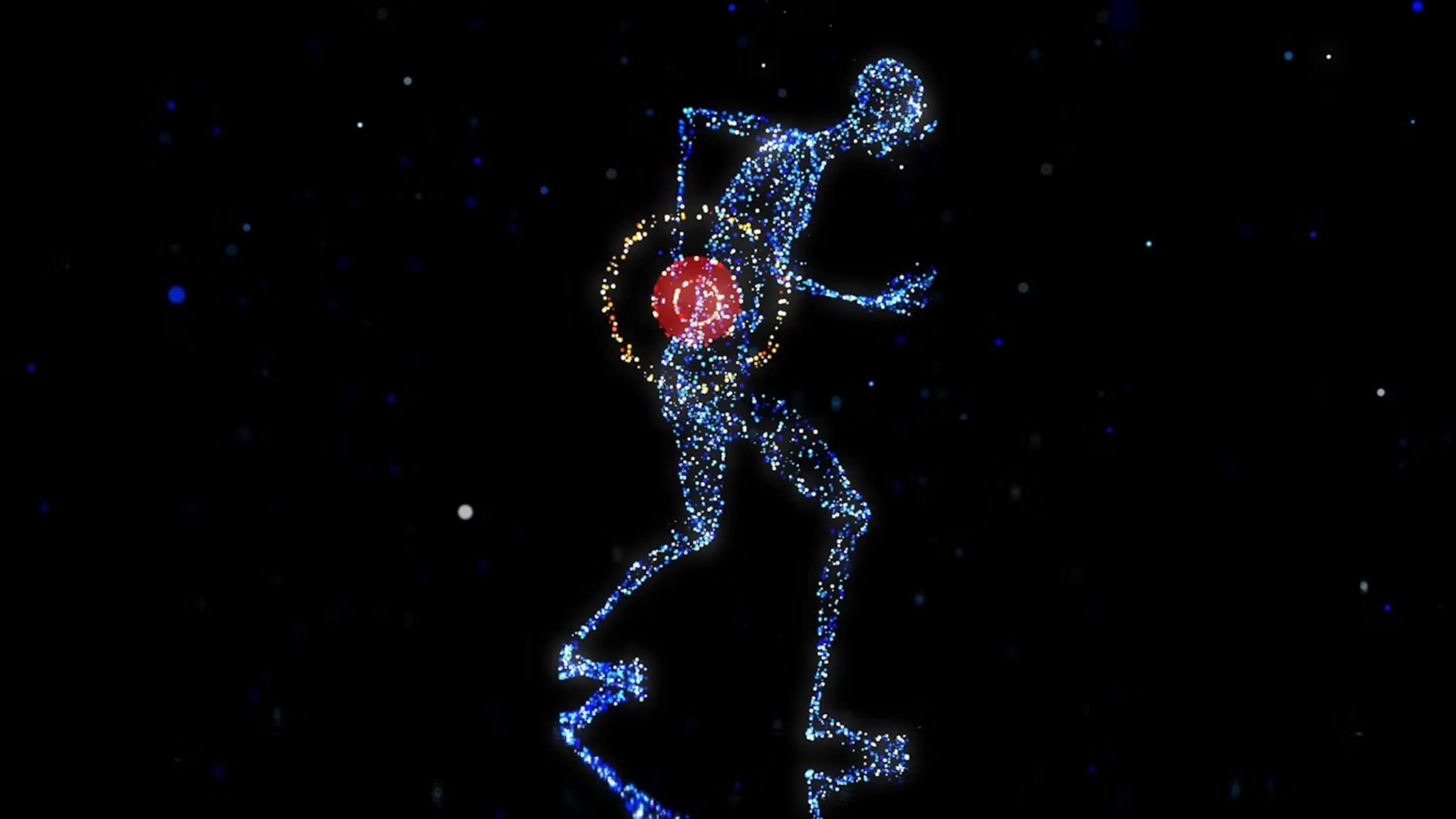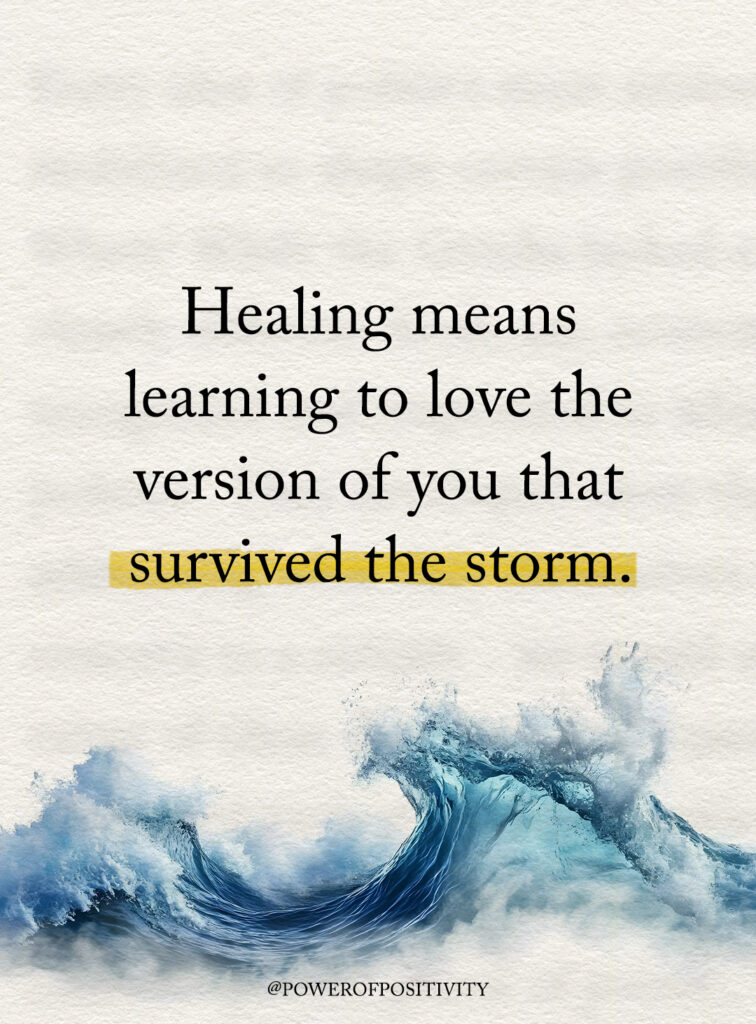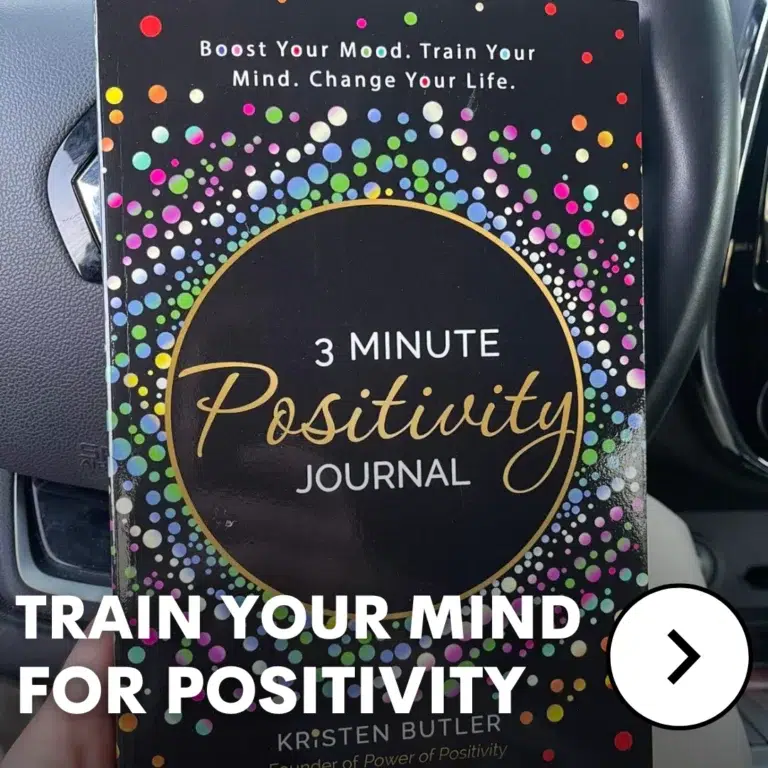Back pain shows up in more lives than we often think. For some, it’s a dull ache after a long day, while for others it’s sharp enough to stop them from doing daily tasks. Most people assume the usual culprits are to blame—like bad posture, sitting too long, or lifting something heavy. While those do play a part, they’re not the only causes of back pain.
What often goes unnoticed are the less obvious reasons that quietly trigger discomfort. Things like stress, sleep troubles, or even what’s happening inside your gut can all be connected. These hidden links don’t always get talked about, which leaves many people searching for answers.
The good news is that spotting these overlooked factors can point the way to real relief. That’s what this piece will unpack—the surprising causes of back pain that rarely make the conversation.
The Basics: Understanding Back Pain Beyond the Obvious
Back pain isn’t just one problem—it’s a message from the body that something isn’t right. Sometimes it points to a small strain, other times it signals deeper issues. The challenge is knowing which one you’re dealing with.
There are two main types:
- Acute pain: sudden, sharp, and usually short-lived. This often comes from lifting, bending, or an accident.
- Chronic pain: lasting weeks or months, often harder to trace back to one cause. This type can be linked to hidden health or lifestyle factors.
What makes things tricky is that most doctors first check for obvious injuries, like muscle tears or slipped discs. But many causes of back pain are overlooked because they don’t show up clearly on scans. That’s why people can go years without answers. Spotting the less obvious triggers can be the turning point toward lasting relief.
10 Hidden Causes You Might Not Expect
1. Emotional Stress and Mental Health
Stress doesn’t just live in the mind—it settles into the body. When you carry worry or tension, muscles tighten, especially in the neck and lower back. Anxiety and depression can make pain worse, since the brain processes stress and physical discomfort together. This connection explains why some people feel more aches during tough times. Managing stress with breathing, counseling, or simple relaxation habits can ease this physical burden. Recognizing emotional strain as one of the hidden causes of back pain changes how you heal.
2. Poor Sleep Quality
Sleep is when the body repairs itself. Without deep rest, muscles don’t recover and the spine doesn’t get the support it needs. Tossing, turning, or sleeping in awkward positions strains the back even more. Poor sleep also increases inflammation, which can heighten discomfort. Many people notice back stiffness after nights of shallow or broken rest. Small changes—like supportive pillows, consistent sleep times, and reducing screens before bed—can protect your back. This overlooked link between rest and pain is another reminder that lifestyle impacts the body deeply.
3. Dehydration and Disc Health
Spinal discs act like little cushions between bones, and they’re made largely of water. When the body doesn’t get enough hydration, these discs shrink and lose flexibility. That leads to stiffness and pain, especially in the lower back. People often mistake this problem for muscle strain when the real issue is lack of fluids. Drinking water throughout the day helps the spine function as it should. Something as simple as staying hydrated can make a surprising difference and should be part of everyday back care.
4. Footwear Choices and Alignment
Shoes might not seem connected to back problems, but they play a bigger role than most realize. High heels, flip-flops, or worn-out shoes throw off balance and posture. Over time, this misalignment moves upward, putting stress on the spine. Even slight changes in how you walk can strain the lower back. Supportive footwear helps keep the body aligned, protecting not just the feet but the whole frame. Paying attention to shoes is an easy way to prevent one of the less talked-about causes of back pain.
5. Vitamin and Mineral Deficiencies
Bones and muscles need proper fuel to stay strong. Deficiencies in vitamin D, calcium, or magnesium quietly weaken the body and increase the risk of pain. Low vitamin D, for example, is tied to weaker bones and more muscle soreness. Magnesium plays a role in relaxing muscles, and without it, tension builds up. Because these shortages aren’t always obvious, they often get missed during routine checkups. Simple blood tests can identify the problem, and the right supplements or diet changes can support healthier backs.
6. Digestive Problems and Gut Inflammation
The gut and the spine are more connected than many expect. Conditions like IBS, food intolerances, or bloating strain the core muscles that support the back. Gut inflammation also increases overall body pain sensitivity. People sometimes think the ache comes from muscles, but the real trigger sits in the stomach. Managing diet, tracking foods that cause discomfort, and working with a doctor can ease this hidden connection. Supporting gut health isn’t just about digestion—it’s also another way to prevent ongoing back discomfort.
7. Sedentary Technology Habits
Phones, laptops, and hours of sitting create habits that wear down the spine. Slouching forward or craning the neck puts pressure on the back that builds over time. What’s now called “tech neck” can creep into the shoulders and lower spine too. Long sitting hours reduce blood flow, weakening back muscles. Short breaks, standing desks, and mindful posture can reduce the strain. Since technology is part of everyday life, balancing screen time with movement helps stop one of today’s most common silent back triggers.
8. Hormonal Shifts
Hormones don’t just affect mood—they also influence bones, joints, and ligaments. During menopause, hormonal changes can increase inflammation and reduce bone strength, raising back pain risk. Thyroid imbalances affect metabolism and muscle health, which can cause aches too. Even monthly cycle changes in women may bring temporary stiffness or sensitivity in the lower back. Because these shifts aren’t obvious, people may overlook them as possible causes of back pain. Getting hormone levels checked and balanced can make a meaningful difference in long-term comfort.
9. Hidden Infections and Autoimmune Disorders
Some back pain isn’t caused by injuries at all—it stems from hidden conditions. Lyme disease, fibromyalgia, and autoimmune problems can cause chronic pain that’s often mistaken for simple strain. These issues inflame tissues and nerves, creating discomfort that standard treatments can’t fix. Since they’re harder to diagnose, people sometimes suffer for years without clear answers. Specialized tests and seeing the right specialist can uncover these less common causes of back pain. Addressing the root health issue is key to finally feeling lasting relief.
10. Environmental Factors You Don’t Notice
The spaces we live and work in can quietly impact back health. Constant drafts of cold air tighten muscles, while poor air quality or exposure to toxins may lead to body-wide inflammation. Even uncomfortable furniture or uneven flooring creates small stresses that build over time. Because these factors don’t look like “medical” issues, they’re often ignored. Simple changes—like adjusting room setups, improving airflow, or checking furniture—can reduce strain. Paying attention to your surroundings helps prevent one more overlooked source of chronic back discomfort.
Diagnosis: Why Hidden Causes Are Often Missed
Doctors often begin with scans or X-rays to check for structural injuries. While that can spot fractures or disc issues, it misses other possible triggers. Blood tests, sleep studies, and lifestyle questions are just as important but are not always part of the first checkup. This gap explains why many people don’t get clear answers right away. If pain keeps returning, it’s worth asking providers to look beyond the spine itself. By testing for deficiencies, reviewing sleep, and considering stress or habits, hidden causes of back pain can finally come to light.
Management and Treatment Options That Address Root Causes
Lifestyle Adjustments That Help
Simple changes often bring big relief. Drinking enough water, improving sleep routines, and replacing poor footwear support the body better. Stress management tools like breathing, meditation, or talking with someone can ease the mental strain that feeds into pain.
Medical and Nutritional Support
Doctors may recommend blood tests to check for vitamin or mineral deficiencies. Hormonal screenings and autoimmune testing can also uncover hidden problems. Nutrition plays a role too—eating more anti-inflammatory foods, such as leafy greens, nuts, and fatty fish, supports both gut and back health.
Movement and Professional Help
Gentle activities like walking, stretching, or yoga keep muscles flexible. Physical therapy helps strengthen the core so the spine is better supported. Ergonomic setups at work prevent small daily strains. For some, acupuncture, massage, or chiropractic care provide added relief. Addressing the full picture—medical, lifestyle, and environment—makes treatment more effective than focusing only on surface-level pain.
Outlook: What to Expect if the Hidden Cause Is Found
Finding the true reason behind back pain often changes everything. People who have dealt with discomfort for years sometimes feel relief once the overlooked cause is addressed. Whether it’s correcting a deficiency, balancing hormones, or fixing sleep routines, improvements usually follow. For chronic sufferers, this shift can restore energy and daily function. Back pain may not disappear overnight, but getting to the root makes long-term healing possible. When the right trigger is treated, the body has a chance to finally move with less discomfort and more freedom.
Prevention: Small Shifts That Protect Your Back
Preventing pain isn’t always about avoiding heavy lifting. Everyday habits matter most. Staying hydrated, eating nutrient-rich foods, and moving regularly support the spine. Regular checkups that look beyond just the bones help catch issues early. Watching sleep patterns and managing stress can also stop problems before they build up. Even adjusting daily spaces—like using supportive chairs or arranging desks better—makes a difference. Prevention is about small, steady actions that work together. When these habits become routine, they lower the chances of hidden causes of back pain leading to long-term struggles.
Living With Back Pain: When to Seek Help
Some back pain can be managed at home, but certain signs should never be ignored. Seek medical help right away if pain comes with numbness, weakness in the legs, sudden incontinence, fever, or sharp abdominal pain. These can point to serious problems needing immediate care. Even without urgent symptoms, it’s wise to see a specialist if the pain lingers for weeks, gets worse at night, or doesn’t improve with basic rest and care. Talking with a professional gives clarity and reassurance. No one should feel stuck living with discomfort when help and answers are possible.
Final Thoughts on Hidden Causes of Back Pain
Back pain isn’t always about injury or posture—it can come from many overlooked places. Stress, sleep, nutrition, hormones, or even the environment may all play a role. Paying attention to these less obvious factors opens the door to real solutions. Healing doesn’t stop at quick fixes; it begins when the actual cause is addressed. That shift brings better comfort and stronger health. The hidden causes of back pain deserve more attention, because once uncovered, they often lead to lasting relief and a fuller life.















